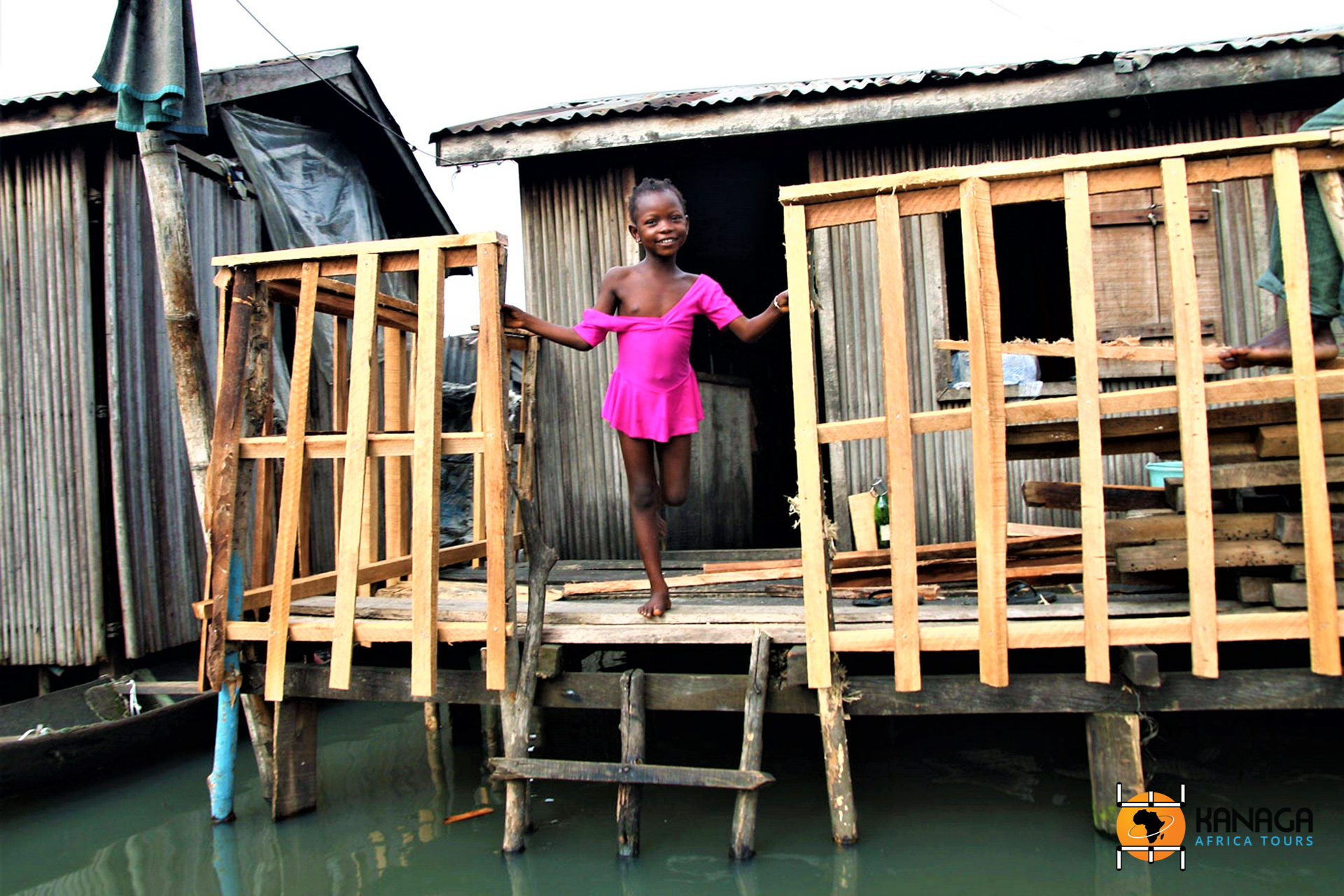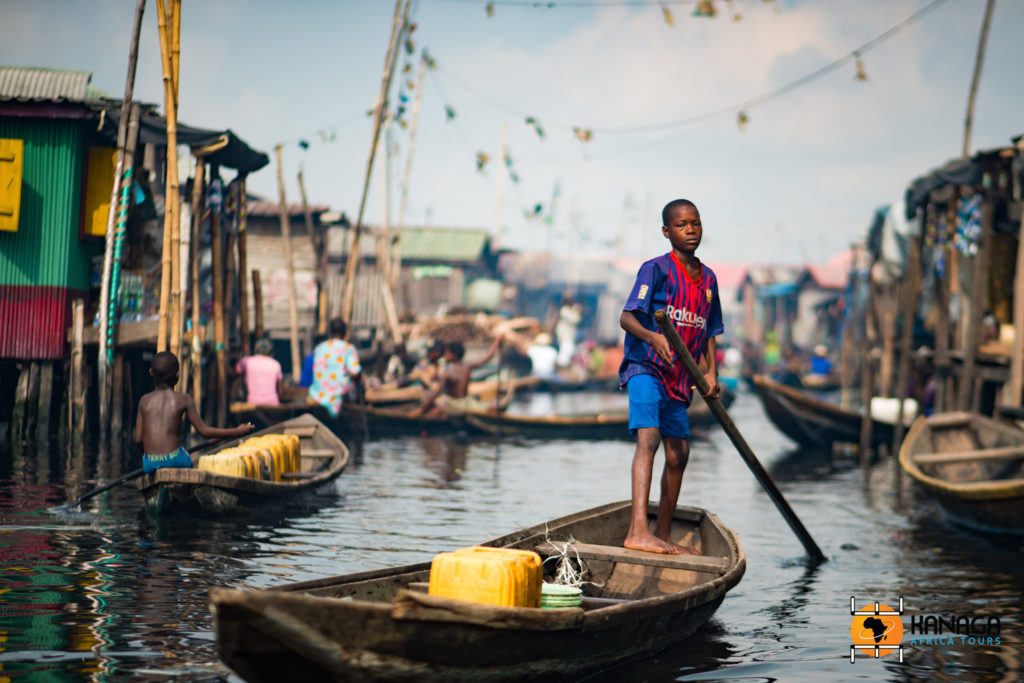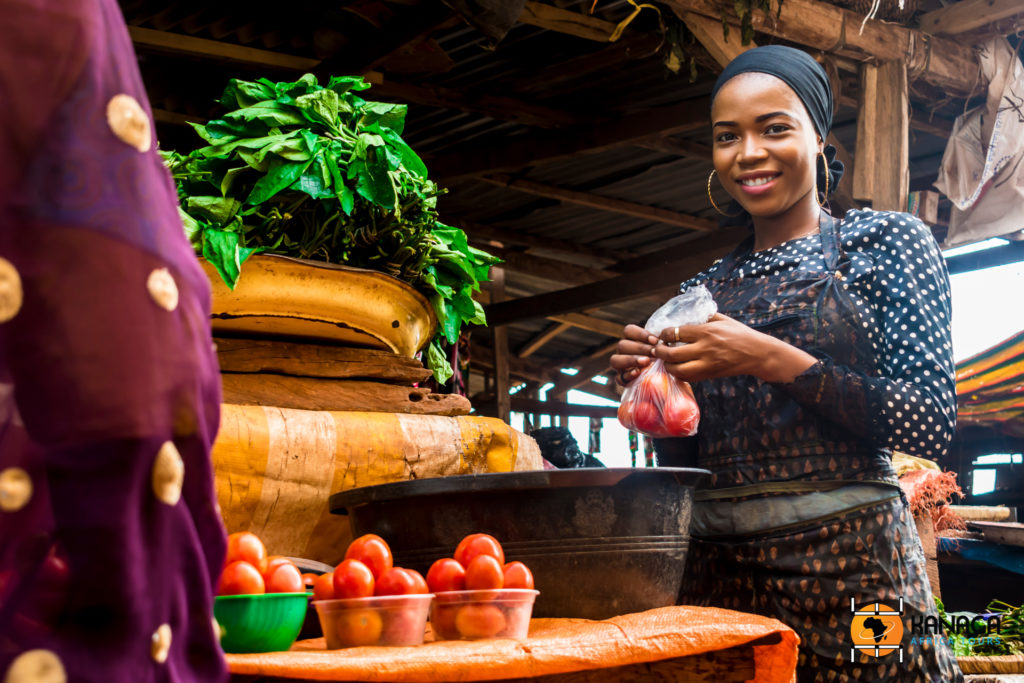Lagos is the quintessence of the complex mosaic of different cultures, peoples, worlds and economic realities, with the resulting contradictions that characterise Nigeria today. With its 20 million inhabitants, it is considered the economic centre of African millionaire entrepreneurship, which is contrasted by a vast universe of slums, among the poorest and most precarious in the world. The megalopolis is a striking example of today’s world overpopulation, with all its attendant contrasts and problems, but also the emblem of an entire continent in perpetual flux, with its thousand facets.
Definitely difficult to describe, Lagos is home to intricate and contradictory universes, all Nigerians, where around the world’s busiest roads, revolves most of the economy of a nation and the entire African continent. The million-dollar revenues of the oil, technology, film or music industries contrast here with the subsistence economy of a large part of the population. The technology district of Yabacon, Africa’s Silicon Valley, or the film studios of Nollywood, are framed by the chaotic arterial roads, perpetually clogged by a swarm of mass transit vehicles, rickety and overloaded with a multitude of people pouring into the streets, in search of a small daily income.
It is impossible to describe in a few lines the thousand facets of this city, of which, however, four main faces can be identified: the cultural and historical-colonial one, that of the contemporary and business start-ups, that of the slums, between material poverty and the richness of ancestral traditions, and finally the naturalist one, with green areas still intact, just a few steps away from the chaotic urban centre.
Victoria and Lagos Island, are the beating hearts of the city’s cultural, social and economic life, amidst a mosaic of ultra-modern buildings of the business elite and colonial reminiscences in the so-called Brazilian Quarter. It is here that most of the nation’s business is concentrated, amidst luxurious hotels and state-of-the-art restaurants, offices and businesses with a dizzying turnover, designer shops and renowned art galleries, making Nigeria one of the most important and wealthy international marketplaces for contemporary African art collecting and marketing.
Just opposite, bordered by the interminable Third Mainland Bridge, is Makoko, a working-class neighbourhood that is home to the immense floating and entirely squatter slum, made up of a myriad of shacks built on stilts, lying on the lagoon and inhabited by some 120,000 people. A fascinating mélange of ancient voodoo traditions, fishing communities, mostly immigrants living on subsistence, and an ancestral culture that resists eviction and the advance of progress, partly for lack of means, partly by choice, only a few steps away from Nigeria’s rich elites.
To the south-east is Lekki, an immense tongue of land, between the Ocean and the Lagoon, in a riot of restaurants and trendy clubs, art galleries and craft boutiques, hotels and residential quarters, modern shopping areas and a bustling nightlife, amidst beautiful beaches. But there are also some nature areas here that have remained completely untouched and primordial, such as the Lekki Conservation Area, habitat to numerous species of flora and fauna, which can be observed from an electrifying suspension bridge of lianas.
These four main faces, accompanying as many characters of Lagos, cohabit, jarring, alternating and conversing vividly with each other, in an all-Lagos balance that encompasses an infinity of other facets and nuances, making it one of the most fascinating and complex megalopolises in the world.
Lagos therefore offers a thousand cues to be experienced in all its bursting vitality and carefully scrutinised amidst the swarming traffic teeming with humanity: a day at the sea in Tarqwa Bay or at Lighthouse and Landmark; a visit to the Holy Cross Cathedral or among the colonial symbol-sites of slavery; a canoe trip to the floating slum of Makoko; an immersion in the nature of the Lekki Conservation Area.
Some highlights not to be missed: the afrobeat temple of the Kalakuta Republic, headquarters of the 1970s and 1980s musical political protest, led by the famous musician Fela Kuti; the impressive Nike Art Gallery, displaying a collection of 8,000 works spread over the building’s five floors; an evening among the limousines and trendy clubs of Victoria and Lagos Island, catwalks of the ‘fashion & lifestyle’ flaunted by the opulent Lagos elite.







